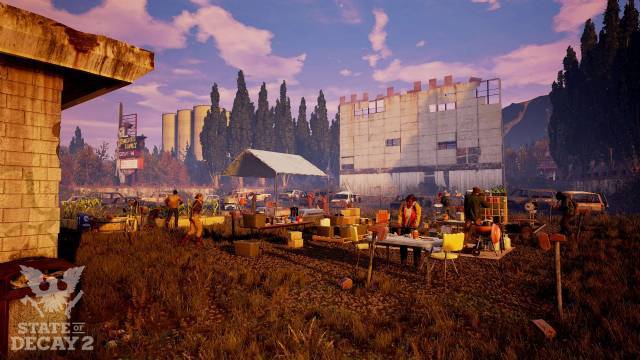Banner Saga was one of the great triumphs born in the crowdfunding tsunami that was formed a few years ago. A title that also embodied the ideals of this movement: two young ex-Bioware wanting to get away from the AAA model and do something personal,
with their own artistic style away from the video game’s tendencies and a story both epic and intimate about a world of Nordic legends on the verge of destruction.
His classicism when it comes to shaping his world and characters, together with elements such as the powerful soundtrack formed by a giant in continuous growth such as Austin Wintory (Journey), ended up forming a memorable experience.
Devised from the beginning as a trilogy and after closing with a devastating ending, there was an expectation to see how this second episode was going to be and how a story followed that is characterized by the convincing tone of desperation with which it is dressed.
It is not uncommon to find videogames with the end of the background world as a background theme, but few manage to create an authentic feeling of
desolation and fear before an event as brutal as “the end of the world” should be. The great achievement is mainly because in other titles we play as the
“savior of the world” and we are quite convinced that in the end we will save it, because we are pre-programmed for it if we have seen it many times. But with Banner Saga, the truth is that we are not very sure that this is going to be the case,
Banner Saga 2 is a direct continuation of the first (and therefore it is essential to have completed it first so that everything makes sense).
The structure is similar, with a linear development that bifurcates into different arcs according to the protagonist of the moment. In all cases, we lead a caravan formed by civilians and warriors, following a straight path over which we have no control other than deciding
when to rest, according to our morals and the provisions we have. The grace of the approach is given because at all times you have to make decisions that have to do with the nature of leading dozens of homeless families and defeated warriors: fights, difficult decisions, special circumstances and battles at every step.
As in the first game, one of the strong points is the uncertainty of those decisions and the dialogues. The action and consequence in a video game is not always managed in the most convincing way, betting on too obvious decisions between the “good” and the “bad”,
together with immediate results, leaving it rather decaffeinated. In Banner Saga, however, the decisions never seem to have an “easy” answer and the consequence is usually, at some point, to return to kick us in the ass, regardless of the good (or not) that were our
intentions. Sometimes we seek to be generous, and we are paid that generosity with a stab in the back; other times we seek to be hard and determined, with more calamitous consequences than they should have been. And other times things go, more or less,
When we are not thinking about how not to lose another dozen of our proteges, we will be fighting in a tactical system in turn, controlling our best
warriors on a board against all kinds of threats. There has not been much evolution in this regard, with a simple and elegant system in which each fighter has two bars that determines their health and resistance, and can
guide blows to reduce one of the two. Life is linked to force, so that someone with complete life will do more damage, but the resistance will determine how much damage the attacks do, so it is convenient to try to reduce it before performing physical attacks.

